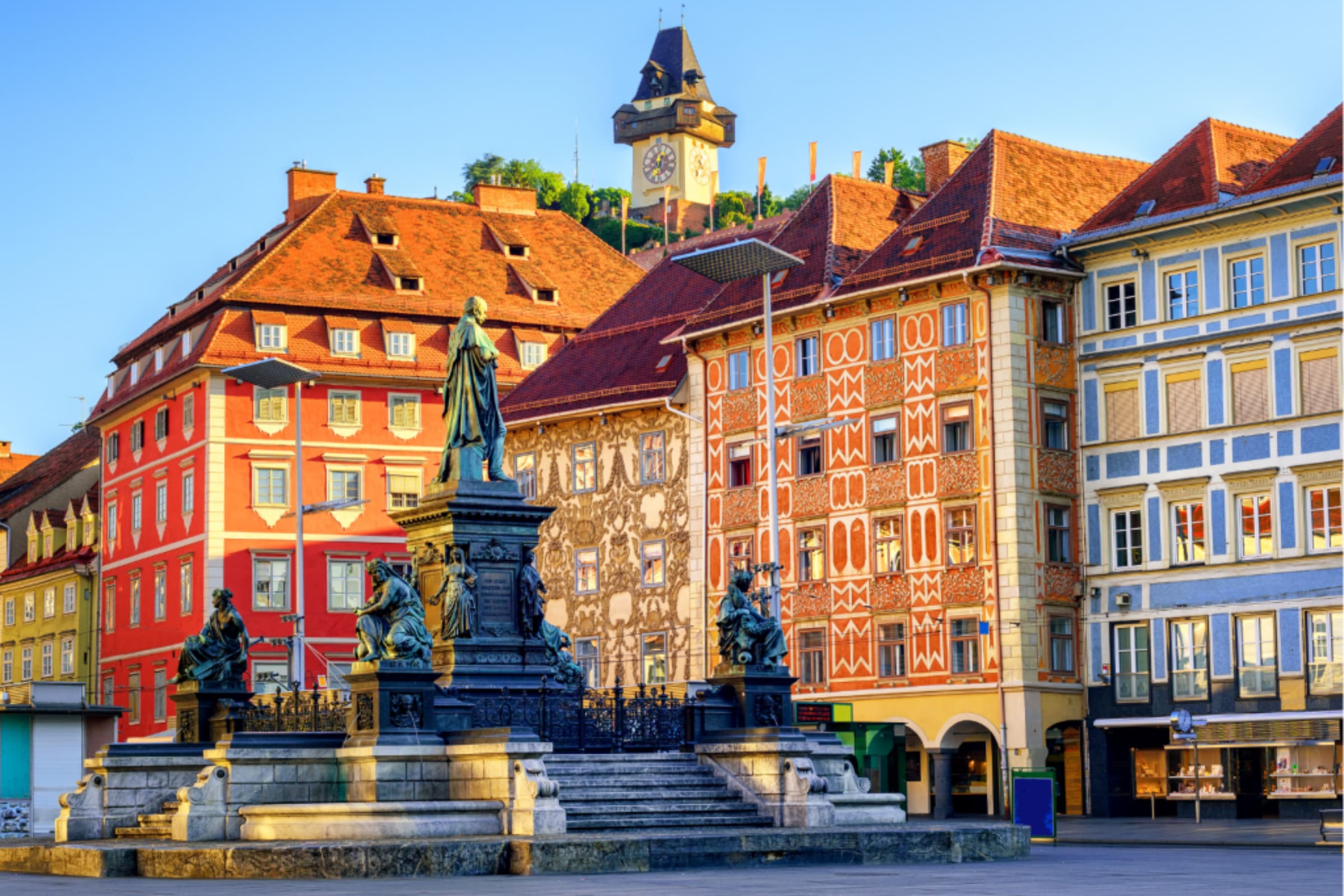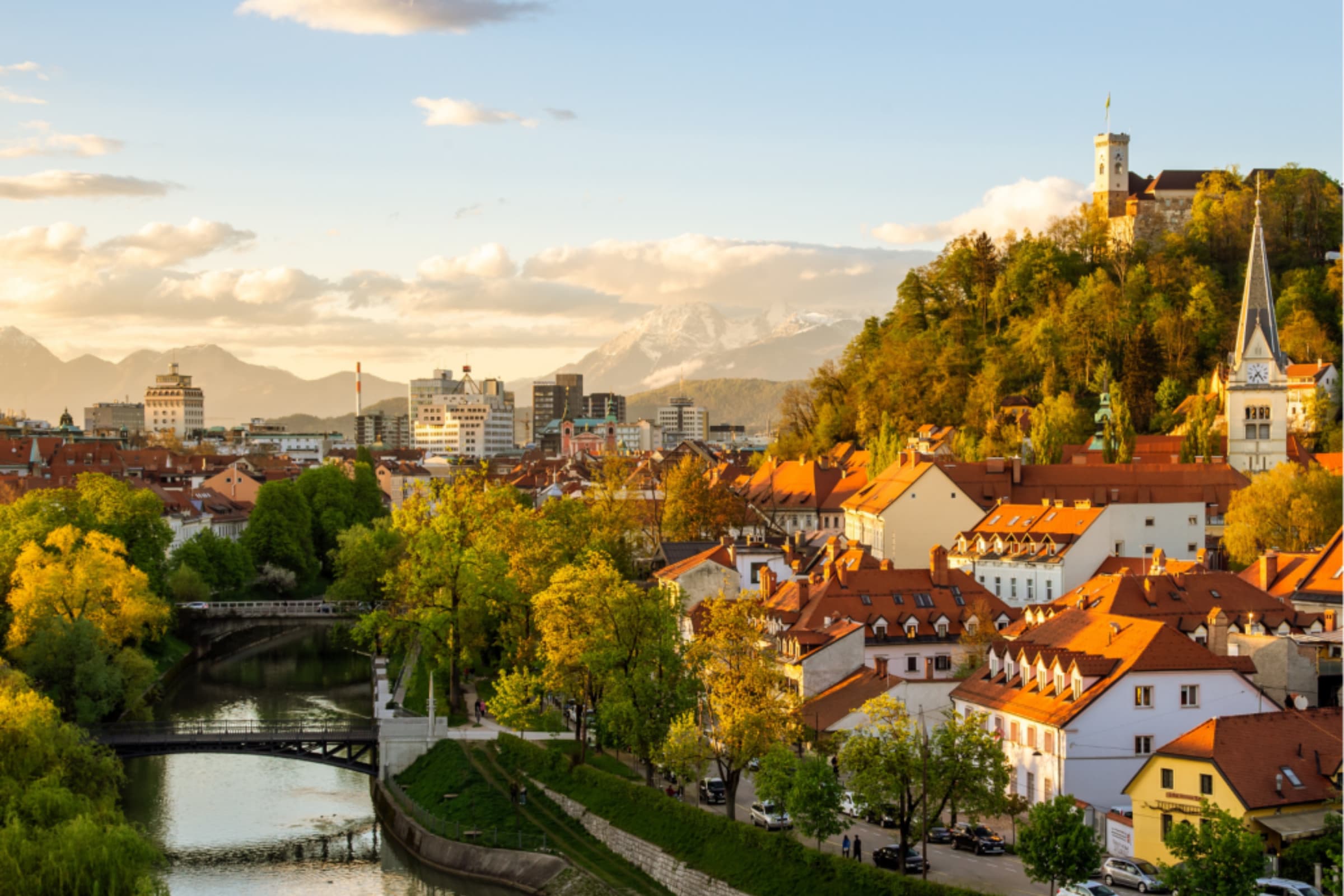Pedestrianizing or 'pacifying' streets increases local revenues for municipalities and businesses, reduces pollution, protects health and improves children's autonomy. Towns around the world are opting for more humane cities.
With the goal of humanizing cities through design, municipalities around the world are investing in pedestrian areas and bike lanes, or removing infrastructure for cars (such as free parking). These are alternatives to the functionalist car-based development of the 20th century. So far, the results have been more than positive: less pollution, greater autonomy for children, less noise, improved health and increased local income for councils and retailers.
“During the 20th century, we invented the territories of false remoteness, we transformed our dense cities and their Mediterranean tradition and living in the street, into territories with functions (live, work, leisure, industry), further and further away,” explains Ana Montalbán, technical coordinator of Red de Ciudades que Caminan (an international association of municipalities and councils that seek to restore public space for residents).
For citizens, this meant becoming pedestrians relegated to the sides of streets that they once inhabited. With the loss of streets, neighborhood commerce fell. The increase in online shopping in the early 21st century also didn't help much, often proving fatal to local stores. But the main driver and symptom of this vicious circle was the car, “a machine that fits perfectly into this dynamic” of urban fracture.
The road pacification cycle
Usually, the total or partial pedestrianization of a street, as well as initiatives that remove parking space for cars or that replace conventional lanes with protected bike lanes, are protested by residents and local business organizations.
“Commerce has objected the most,” said Montalbán. Generally, commerce is opposed to change, not to friendly cities. The opposition to pedestrianization is “very visceral”, and changes as soon as the damage of the 20th century is reversed:
- In Graz (Austria), a 30 kph limit was adopted throughout the municipality in the 90s, despite strong opposition: less than half of residents supported it. Once the benefits became evident, support for the measure rose to 80%.
- In Ljubljana (Slovenia), a total of 12 hectares were closed to car traffic in 2007, with only 40% of the population in favor of pedestrianization. In 2015, 92% of residents were happy with quality of life in the city. In 2017, 97% of inhabitants “opposed the reopening of the center to motor vehicles.”
These are not isolated cases. Paris, New York, Marrakech, Florence, Vancouver, Melbourne, Buenos Aires, Madrid, London, Vienna, Dubrovnik, Berlin, Vitoria, Bogota, Boston and Médina de Fès (a UNESCO World Heritage Site and a “shopping paradise” according to National Geographic, and the largest pedestrian area in the world) are some examples.
Cars don't buy, people do
Donald C. Shoup, from the Department of Urban Planning of the University of California (UCLA), is the world's leading parking expert. In his book The High Cost of Free Parking (2011), he explains the cost for cities, residents and businesses to subsidize parking. Simply unsustainable.
In fact, it has been demonstrated that the policy of minimum parking requirements (minimum parking spaces per business) is counterproductive and ruins municipalities because nobody pays for them. Strong Towns, the space specialized in urban resilience, has a huge library on the subject.
What can cities do? In Fayetteville (USA), they are consolidating the territory by doing away with this minimum parking policy and putting up buildings for mixed residential and commercial use, because they realize that cars don't buy, people do.
To avoid “the risk of urban sprawl where residential areas are spread out with low-density housing”, according to the Swiss Ministry of Foreign Affairs, the design of dense urban centers connected by bicycles is also encouraged. In a national referendum in 2018, 73% voted to protect the bicycle in the country's Constitution. The nation is characterized by sustainable public transport, such as the railway network or SwitzerlandMobility, active (walking and cycling) low-impact routes.
The future, our best investment
Capitalize on opportunities in a way that is positive, conscientious and committed, with solutions designed for you by our investment experts in your bank in Switzerland.



